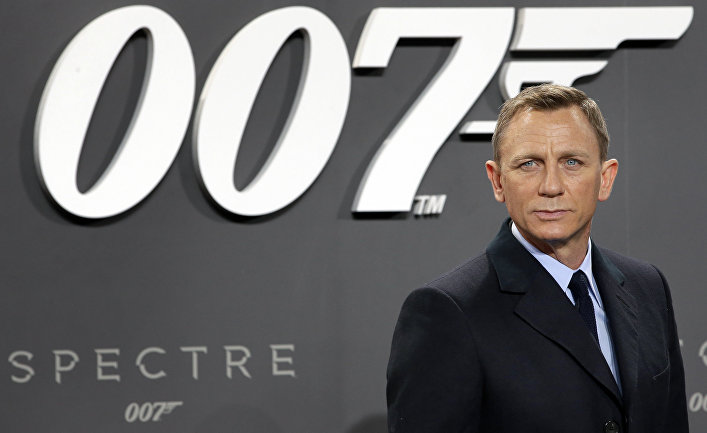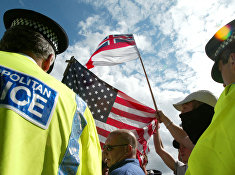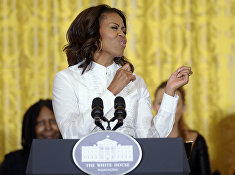Product placement in each new Bond movie release – of which the latest is “007-Spectre,” for rental from November 5 – makes each film closer and closer to an advertising catalogue. Our hero drinks only preferred brands of Scotch, and pursues evil-doers in prominently brand-placed cars while glancing hard at the brand-logo on his watch. Would it be possible to create an investment portfolio of shares in all these top-end goods – and make money on it?
In the three years since the release of the previous 007 caper “Skyfall” (which premiered on 26 October 2012), a share portfolio put together on that basis would have netted a 26.4% return. What would have been in it?
Heineken
Profit return: 73.0%
Hardened Bond fans were shaken, and not stirred, by the 2012 appearance of beer in “Skyfall,” in place of the traditional vodka-martini cocktail. But investors would have seen the opportunity for an advantageous buy.
From the day the film was released, Heineken shares rose sharply. On 26 October 2012 they were selling for just €47.8 – but by November 3 2015, the Dutch brewer's shares were going for €82.29. If you'd followed Bond's example in 2012, your savings would have grown by 3.0%.
The growth rate of Heineken shares — by 37 percentage points — outdid the MSCI Europe Index growth for the same period (36%).
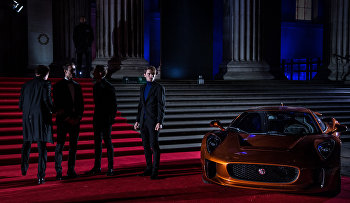
Audi
Profit return: 31.5%
Over the last three years Audi's shareholders have had to put up with some sharp peaks and troughs. The nastiest of these lay in store for those who bought Audi stock last summer – by early October, the price had collapsed 27% since July. The bad news from Volkswagen – of which Audi is a division – lay behind the slump – the company stood accused of falsifying data on harmful emissions.
When the company admitted the ruse, shares dropped 22% on the same day – to a seven-year low. Not even James Bond could have prompted a rally. Perhaps the “Skyfall” moment in which our hero overturns in an Audi – only to pop up immediately on a Honda motorcycle – presaged the Audi downturn?
Despite this, if Bond fans had added Audi shares to a portfolio on October 26 2012, their return would have been up by 31.5%. Over the three intervening years, the car company's stock on the Xetra world electronic share-trading system rose from €521.21 to €685.62. Over the same period the MSCI Europe index rose 36%.
Jaguar
Profit return: 25.2%
Jaguar Cars – which produce both Jaguar and Land Rover vehicles – have featured strongly in the past four Bond films. In “Skyfall” they are the preferred vehicle of Judi Dench, playing the head of the British Secret Intelligence. In real life, the British prime-minister David Cameron is usually driven around in a Jaguar.
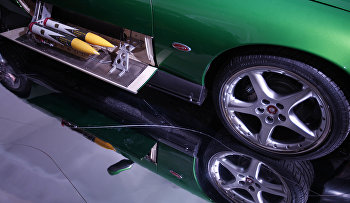
How has this popularity with real-life leaders and fictional spooks helped the baseline of the company's financial performance. Since June 2008 Jaguar Cars has been a part of the Indian car-manufacturing mega-corporation Tata Motors – and since acquisition, the company's market value has tripled. Investors who bought American Depositary Receipts (ADR) in Tata Motors on the day “Skyfall” was released would have seen their funds grow by a quarter – over which time the share price rose from $23.86 to $29.88. Impressive growth perhaps – but still not up to the MSCI USA index, which beat Tata Motors with an even more impressive 49% rise over the same period.
Coca-Cola
Profit return: 13.5%
In the 2012 film, James Bond prefers both Scotch and beer to Coca-Cola. Yet Coke remains connected with the 007 brand, especially since the company timed the launch of its new Coca-Cola Zero product to coincide with the film release. In addition to a special issue of bottles bearing the special agent's image, Coca-Cola also set up a live event at Antwerpen Central Station. Passengers who bought the drink from vending machines were offered a free ticket to see the new film premiere. But in order to qualify, drink-buyers had to run to one of the station platforms in 70 seconds, clearing a series of obstacles on the way. The company then published viral video of the event, which achieved more than 11 million views on YouTube. Coca-Cola shares rose from $37.04 to $42.16 over the period.
However, the profit return on shares was just 13%, while the MSCI USA index topped that four times over.
Caterpillar
Loss: -11.3%
The listing of a manufacturer of construction-site equipment alongside the array of luxury car and alcohol brands seems somewhat peculiar. In the 2012, Daniel Craig as James Bond performed a series of neat maneuvers in a Caterpillar excavator – but the company's own shares proved more clumsy movers. Investors who put their money into Caterpillar after the film launched would have lost 11.3%. By November 2015 the share price had drooped from $84.25 to $74.75.
